How To Classify Your Commodities

David Kalinec
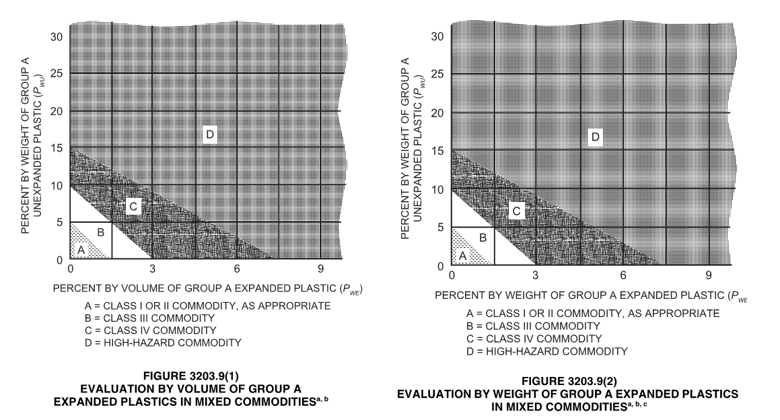
Introduction
Commodity Classification is important because it determines the starting point of your high-piled storage project. Although this is not exhaustive, and it may not serve as an engineering analysis, it will provide you with the knowledge to understand what you are storing and understand the terminology used when discussing this with your professional service provider. This information applies to tenants storing products in industrial warehouses and wishing to pursue their high-piled storage permit. The tenant can then use this information in becoming informed on the risk their commodity may impose on their building. In this post, we will discuss why commodity classification is important and explain what you are storing, how you are storing it, and provide methods to determine the impact the commodity has on the requirements.
What is Commodity Classification, and Why Does it Matter?
The International Fire Code defines a commodity as “a combination of products, packaging materials, and containers.” Therefore, in order to properly classify a commodity, all three criteria must be determined. A commodity may be one class, but then it’s packaging may elevate it to another, and then it’s container or pallet may elevate it even further. Therefore, understanding all of these is critical in classifying your storage commodity.
It is critical for many reasons. Commodity classification is the starting point for the entire high-piled storage project. Commodity classification determines the fire protection system requirements. Commodity classification depends on how high you can store. Commodity classification determines the maximum amount of storage in the warehouse. Because your entire distribution business centers around commodities, it is essential to get this part of the project right the first time.
Additionally, commodity classification is dynamic. As your business grows, you may expand your commodity offering. Therefore, understanding this issue can help you determine if your existing building can support the storage of the new commodity, or what impact it may have on the risk of fire or even insurance premiums. So, if it was not made clear earlier, commodity classification is critical.
How to Classify Your Commodities
Step 1 – Determine the hazard threshold of your product
These definitions and techniques are taken from the International Fire Code, and they are relatively consistent through the different editions.
Products are considered one part of the overall composition of a commodity. However, the same application can be made to each component to determine the whole. Therefore, products should be sorted into Class I-IV or high-hazard categories. For instance:
- Class I commodities are non-combustible. Any addition of combustible items added to the product should be considered when making the final classification. Class I products would be steel, glass, sand, concrete, etc…
- A product is elevated to a Class II commodity when the amount of combustible composition is enough to increase the fuel load of the product. This is most often achieved through packaging a non-combustible, or Class I commodity, in a significant amount of combustible packaging (discussed more later).
- Class III commodities are products that are composed of moderately combustible items such as natural fiber cloth, wood, paper, and limited amounts of plastic.
- A product is elevated to a Class IV commodity when it contains between 10% and 15% by weight of foam-type plastic and/or between 10% and 25% by volume of non-foam plastics. This can include adding plastic casing or wrapping, plastic trim, or foam seat cushion on wooden furniture.
- A product is considered high-hazard when the above threshold for plastic composition is exceeded. For instance, raw foam blocks, exposed foam mattresses or toppers, empty plastic bottles, etc… are considered high-hazard.
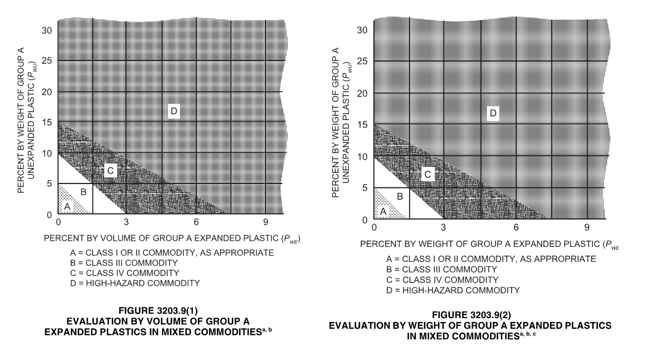
Class I products are considered low-hazard, Class II through Class IV commodities are considered moderate-hazard, and highly plasticized commodities are primarily high-hazard. Once this is determined, you move onto the packaging.
Step 2 – Determine the hazard threshold of your packaging
As mentioned earlier in this post, the packaging also affects the overall commodity classification. Packaging entails the items that the product is placed in for storage. This includes corrugated cartons (single or double layer), plastic lining, foam peanuts, foam dividers, etc…
The key to this section is to determine the amount of overall packaging to determine the overall classification of the commodity. A non-combustible item in a single layer cardboard carton is still considered a Class I. The carton will absorb some of the cooling effect of the sprinkler system or extinguish very quickly after ignition. However, a moderately combustible item placed in a significant amount of foam packaging will elevate it to a Group A plastic, or high-hazard status.
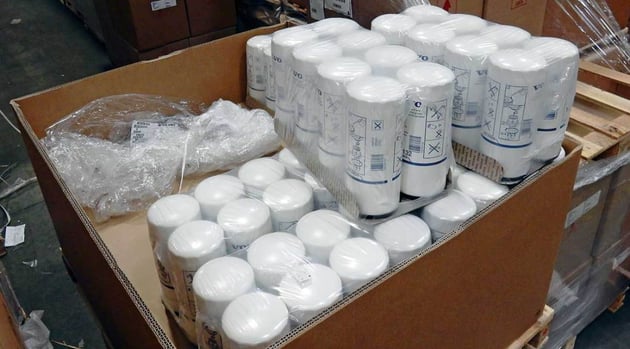
Therefore, the packaging plays a significant role in the overall classification of the commodity. The packaging can either increase or reduce the overall classification of the commodity.
Step 3 – Determine the hazard threshold of your container
Last, but not least in this post, the container the products is stored on or in plays a significant role in the overall classification of commodities. Containers can take many forms such as pallets (wooden or plastic), bins, totes, crates, wooden vault, super sack, fiber drum, gaylord, etc…
A non-combustible, Class I commodity stored on a pallet is still considered a low-hazard Class I commodity. However, place the same non-combustible, Class I commodity inside of a crate, then it is considered a Class II commodity. Additionally, place a non-combustible item in significant foam packaging with plastic lining and thin carton layer, and it could be considered a Class III or Class IV.
While on the surface it may seem that commodity classification is pretty straightforward, it is not. In addition to the actual container, the unit loads are often wrapped in shrink wrap. Depending on the thickness and on how many sides are covered, it may be considered an encapsulated commodity, which adds another layer of complexity. Also, some unit loads are placed in bins or totes. Depending on whether or not they are covered determines whether or not they can be protected by an ESFR sprinkler system.
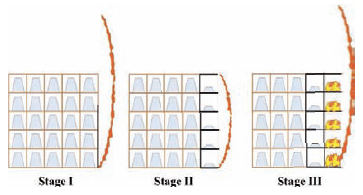
5 Tips to Get Commodity Classification Right
- What is the primary composition of the product? Is it combustible or not? Remember, combustible and flammable are different, and combustible is the keyword. If it is combustible, is it moderately combustible or highly combustible? This is your starting point, so put some time into answering these questions.
- How is your product packaged? How thick is the corrugation on the cart? How many layers of corrugated cartons are present? How much foam packaging is included? How many layers of plastic lining are present? Is any of the product exposed? Since the packaging has a significant effect on the classification, it is also important to take time answering these questions.
- What is the final container for your project? Is it a wooden pallet or a plastic pallet? Is it a wire basket or plastic tote-bin? This is the final consideration of your classification. If you don’t know something about the container, a few ways to find out are to obtain an SDS or call the manufacturer.
- Is your unit load considered encapsulated? Encapsulation requires different sprinkler criteria in some instances. Therefore, it is important to know if the load must be encapsulated. This is when shrink wrap is applied to all four sides of the load, plus the top of the load.
- Is there any way to reduce the combustibility of your load? If you find that your storage may be limited based on your commodity classification, then is there any way to reduce the combustibility of the packaging or containers to drop it down a class?
In Summary
The key takeaway I want you to walk away with and consider is whether or not you know what hazards your products pose to your warehouse and if you understand the risk. Commodity classification can get difficult, so it may be necessary to consult a professional service provider, such as Active Industrial Fire Protection, to come out and assess your storage commodities and evaluate your exposure risk. Remember, your commodity consists of your product, your packaging, and what you put it on or in.
Do You Need Help?
It is ok to reach out for assistance with commodity classification. Most commodities require engineering analysis to determine the true commodity class, or at minimum comparison to various codes and standards to determine the best fit. Sometimes, a commodity classification can even lower your classification and reduce your requirements. Therefore, if this is you, reach out today.

David Kalinec
Passionate about all things fire code, and passionate about tenants, I advocate for successful transactions so that all of the stakeholders - AHJ, tenant, tenant rep, property manager, owner, and insurance provider - end up on the winning side with a compliant storage solution.
Blog posts
Related Articles.
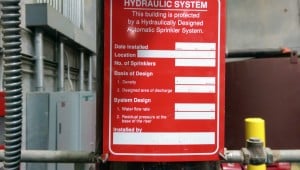
admin
Is my ITM Compliant? (Probably Not)
ITM, better known as Inspection, Testing, and Maintenance is governed by NFPA 25. There are...
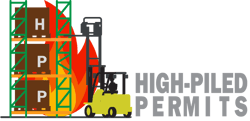


Leave a Comment